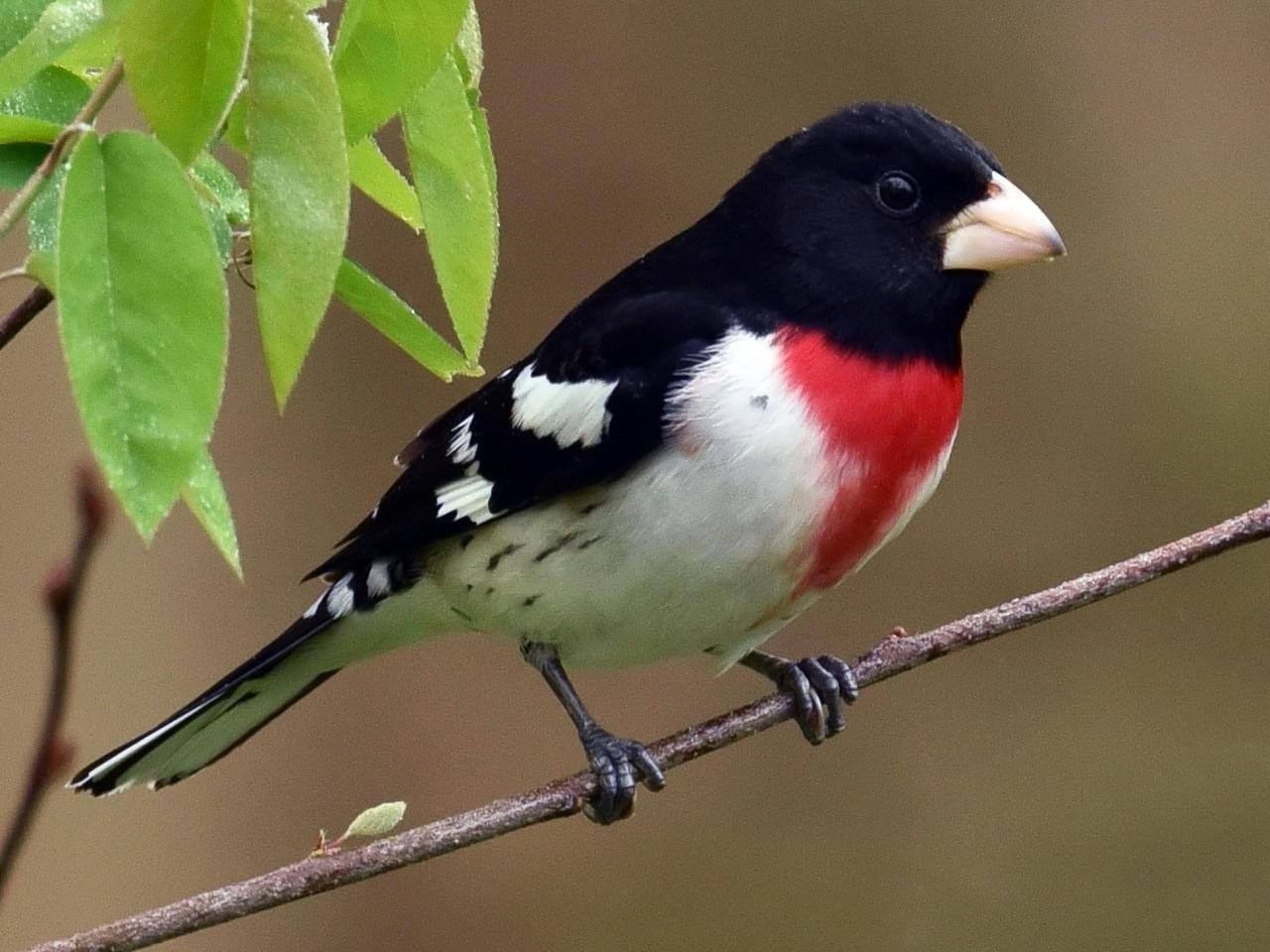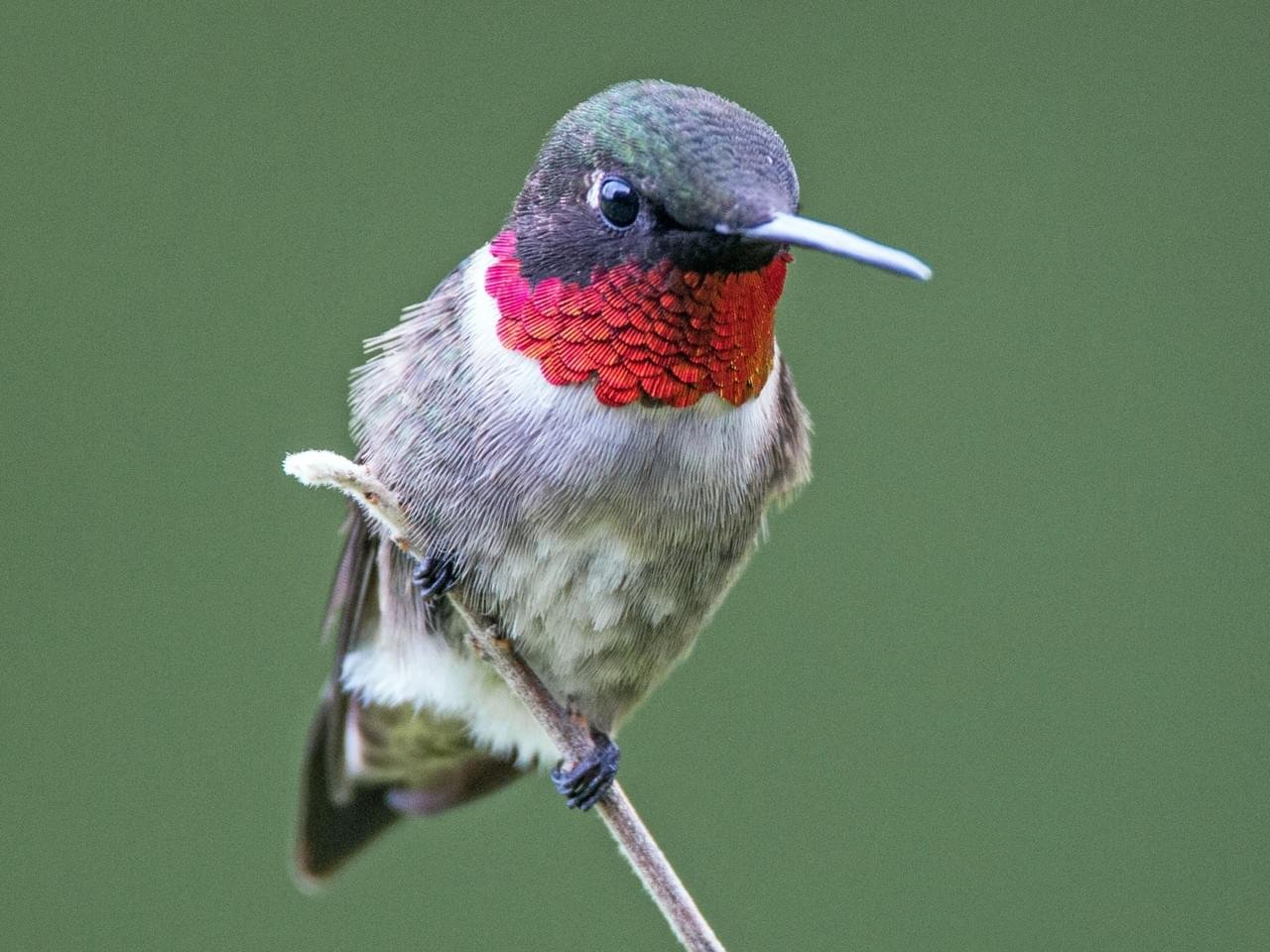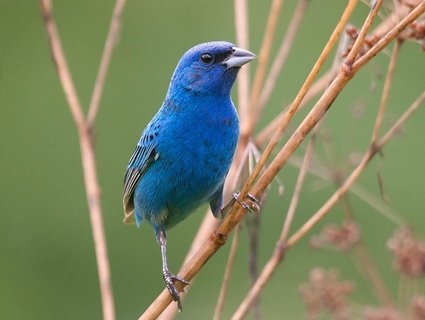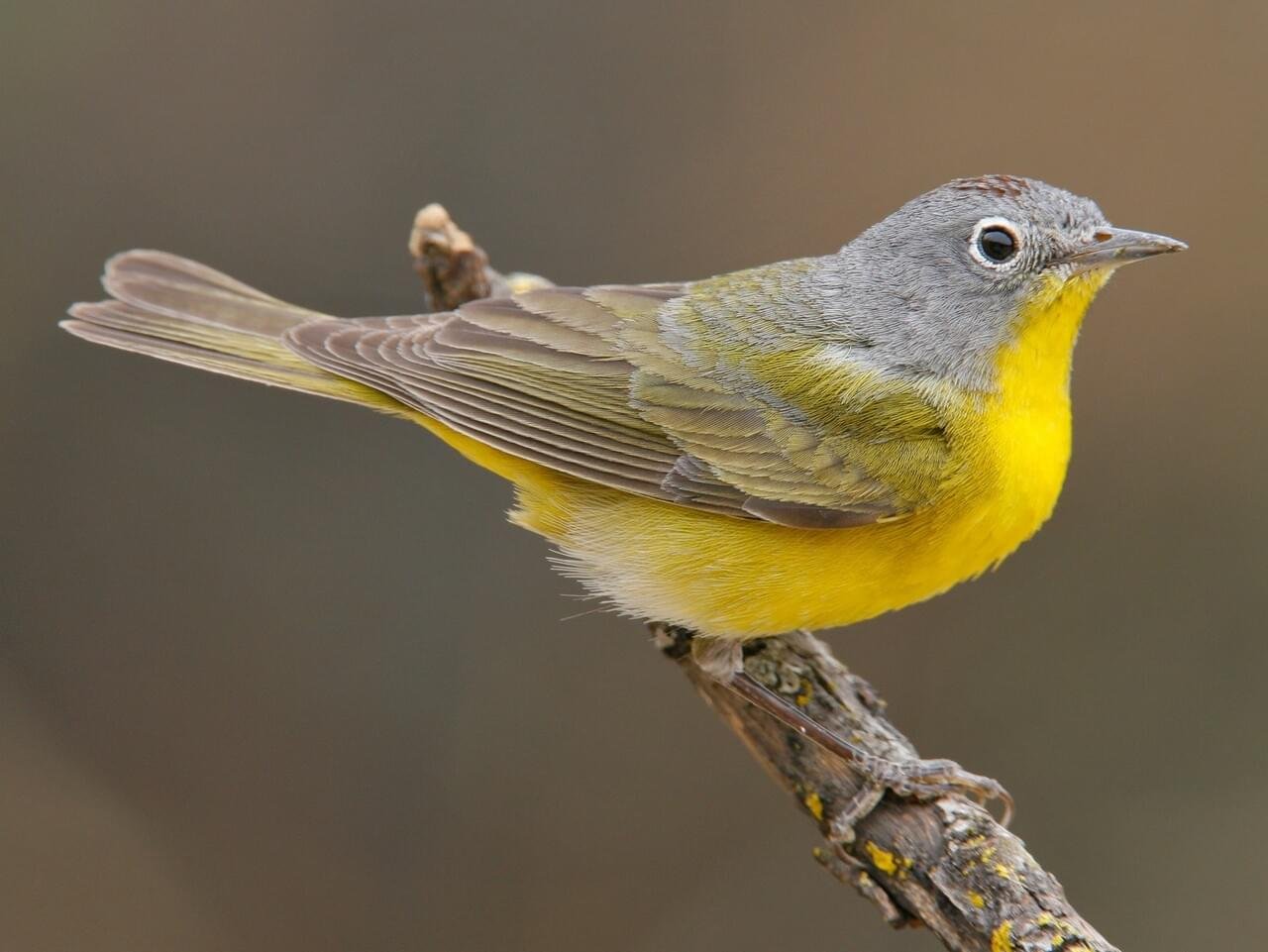With the cicada emergence in full swing, you may have noticed a reduction in activity at your bird feeders. Despite this slowdown, we are staying busy here at the Wood Thrush Shop with weekly specials on items ranging from birdhouses to wind chimes, with many things in between!
This weekend, specials include 25% off ATZ Classic Bluebird boxes, 20% off ALL Heartwood boxes, and 20% off Corinthian Bells wind chimes! Other items are on sale as well, and with Father’s Day around the corner, now is the time to get that gift for Dad!
In other news, Bell’s Bend Park will be celebrating Migratory Bird Day this Saturday with activities ranging from a sunrise hike to talks from guest speakers. The fun will begin at 5:30 in the morning with the sunrise hike hosted by Lise Brown, and go till 4 PM with guest speakers including Chris Sloan, Cyndi Rutledge and Debbie Sykes. Admission is free for all events!











